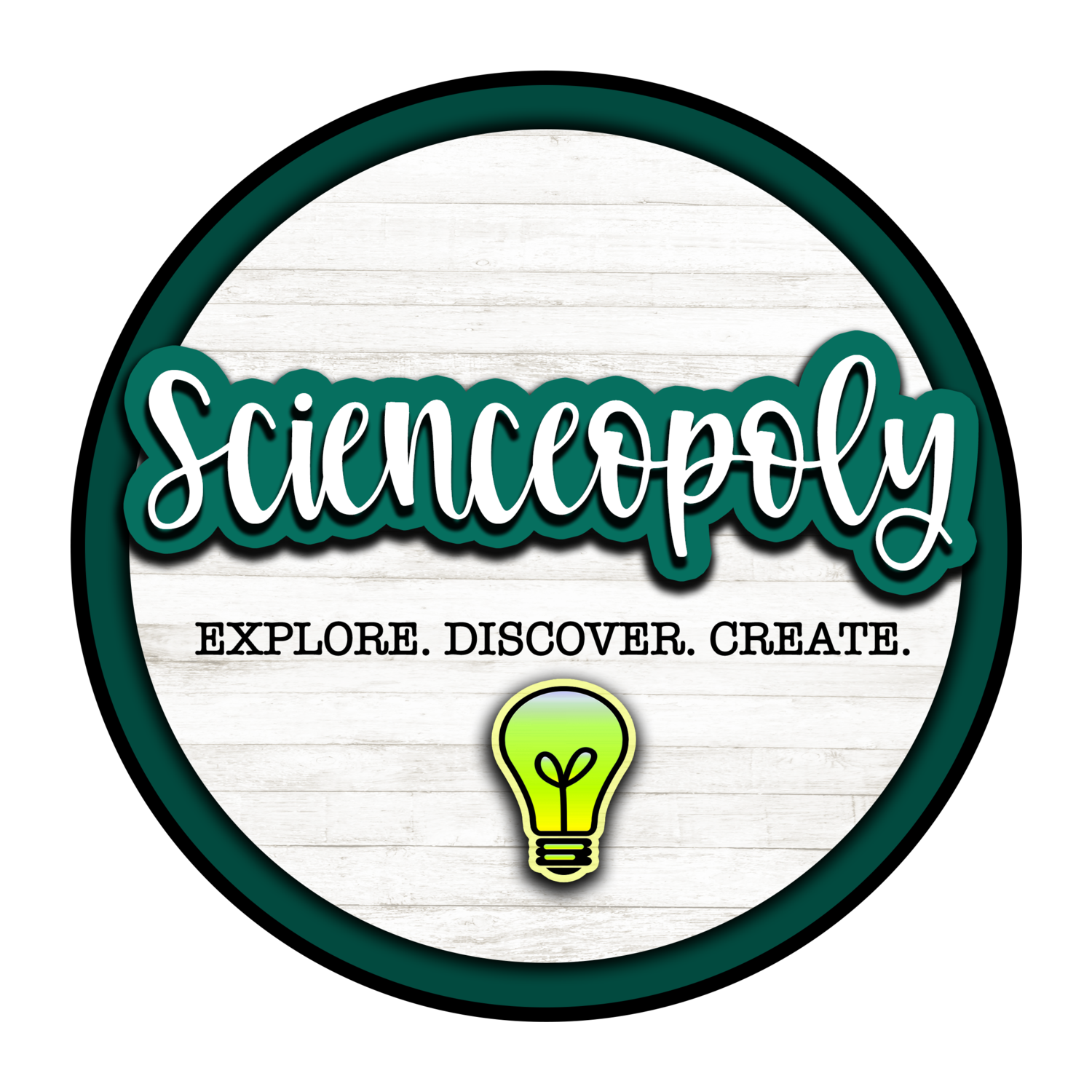Student-Led Cell Lessons
Middle school science is a time to build on the natural curiosity developed in elementary school while promoting science knowledge and expertise. It is part of our human nature to observe with awe and wonder the natural world around us. In middle school we get to foster that innate curiosity while pushing it to the next level, allowing students to engage with science and expand their science knowledge. It’s a subtle balance, in middle school science, allowing student curiosity to lead the way while also laying down the critical foundation of science knowledge needed as they delve into more complicated topics.
In this cells and organelles unit, students begin by generating their own questions about cells based on what they find on the internet. In a world where we can search up any piece of information as fast as we can type the words into a search engine, it is important for students to learn to critically think about the results their search offers. Is this valid information? Is it reliable? The first activity in this unit gives students the opportunity to simply ponder whether what they are seeing are, in fact, cells. If you type the word “cells” into your favorite search engine and click on images, you will get a stunning array of very different looking things. After collecting a portfolio of images or recreating a maker’s space type model of a favorite image, students must then consider the following questions:
Are all these images we found on the internet really cells?
If they are, why do they all look so different?
Why might cells look different or even act different?
Students usually agree that all the images are cells (after all, if it’s on the internet, it must be true, right?) but it’s harder to figure out why they might all be different. This leads to a new set of questions that really make us consider the source of our information:
Where did you get the picture from?
Was it a website you are familiar with or one you’ve never heard of before?
Was there any information about the type of cell the image portrayed?
Was it a picture or a cell or a drawing or maybe some else’s model?
The more questions we can offer up to our students the more likely we are to tap into their critical thinking skills, allowing them to guide the discussion and the thought process. Students will likely begin to generate ideas such as:
Maybe they aren’t all cells.
Maybe they are different types of cells.
Maybe cells that do different things have different jobs.
Without even realizing, students have developed ideas about cell differentiation (albeit without the fancy science words) all on their own, through their own curiosity and critical thinking skills. This is exactly what we want; it is exactly what every great scientist that came before them has done! Sure, we can read about cell theory and cell differentiation (and students definitely should and will later in the lesson) but just think of how much more meaningful the text will be when it is confirming what they have already discovered!
When teaching this lesson in my own classroom, I like to explain to students that these initial ideas about cells are their hypothesizes and they have now begun the scientific process. They have moved from simply observing phenomena (cool things) around them, to engaging with those phenomena like scientists. We started the process by asking a question (What is a cell?). We did some initial research (turning to our favorite source- the internet!) and made some observations. From a teacher perspective, this is the where the transition from elementary school science to middle school science begins. This is where we take it to the next level. Using questioning techniques, we get students thinking about their initial thoughts about cells – their hypothesizes. Now it’s time to engage in the rest of the process. It’s time to experiment, turn to experts, and continue our research to test our hypothesizes. This is the moment when curious students become student scientists!

